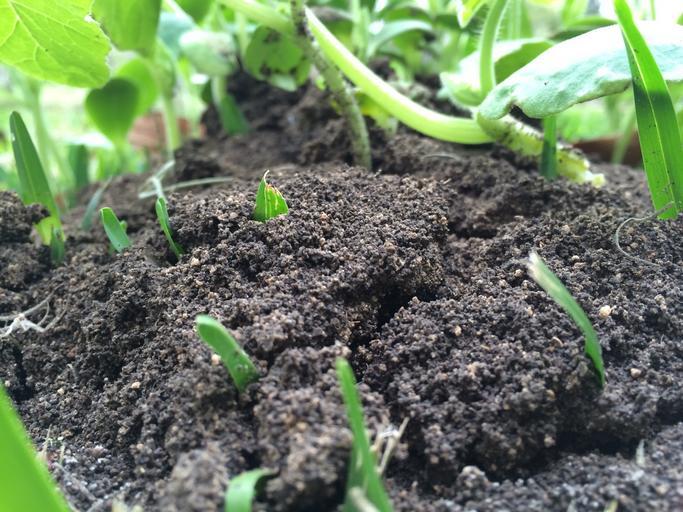This post is a continuation of Part 2 on COMPOSTING: SIMPLE AND NATURAL WAY TO SAVE OUR PLANET. Lately, in part 1, we have gone through:
– COMPOSTING IN PRACTICE
– HOW TO COMPOST?
In part 2, we covered the following:
– CHOOSING THE APPROPRIATE COMPOSTERS
– WHAT TO COMPOST?
– WHAT IS VERMICOMPOSTING?
In this final part, we will see:
– WHAT IS HERBICYCLING?
– THE COMPOST IS READY!
– TIPS FOR COMPOSTING
WHAT IS HERBICYCLING?

Garden waste can be composted. However, grass clippings are often too much material for a composter. The solution? Grasscycling, which involves leaving the grass in place after mowing, is an environmentally friendly method of fertilizing the lawn. Grass clippings, which consist mainly of water, provide a vital nitrogen supply and affect soil moisture and help protect the lawn from certain diseases.
Many municipalities encourage grasscycling among their citizens through awareness campaigns. Some have even adopted regulations prohibiting the collection of grass with green waste or household garbage.
Some practical advice:
– Mow the lawn regularly, at the height of about 7 cm (3 inches) but never less than 4 cm (1.5 inches), and when the grass is dry.
– Make sure the mower blade is sharp or use a mulching blade to reduce the size of grass clippings, which increases the rate of decomposition.
– If mowing is too late, collect the grass clippings and deposit a 15-centimeter (6-inch) thickness in the compost bin or use it as mulch.
THE COMPOST IS READY!
It is relatively simple to recognize a mature compost: dark brown, it looks like good soil, has a good humus smell, and you can no longer identify the residues used (except for some materials that are difficult to compost, such as eggshells).
How to use the compost?

Compost is not a fertilizer but an excellent amendment for garden soil because it nourishes the soil, improves its structure and aeration, and increases its water retention capacity. You can use it both indoors and outdoors:
– Mix in the first six inches of garden soil and use it around trees, shrubs, vegetables, and flowers.
– Mix into your plant and transplant soil (at about one-third compost by volume).
– Spread the sieved compost on the lawn after aerating it.
To speed up the process
You will quickly learn how to make compost. To improve your practice, you need to know the factors that can influence the maturation time:
– The right proportion of wet and dry matter
– The size of the residues used (the smaller the pieces used, the faster the process)
– The proper ventilation and the right degree of humidity
– The method used and the volume of material composted
TIPS FOR COMPOSTING

You will increase your chances of success if composting is not complicated!
– Keep a re-sealable container in the kitchen in which to put your table scraps. An attractive stainless steel container placed near the sink is convenient.
– If you generate a lot of waste and you have room, use two composters: while the compost matures in one container, you use the other one every day.
– You can place residues in the compost bin all winter long. The decomposition process is slower or stops when the pile is frozen, but it starts again quickly in the spring, after a good turn.
– Empty the compost bin as much as possible in the fall to make room.
– If you don’t have a garden, you’ll be happy to donate your compost to a school or community group for use in their landscaping.
The United States is the only developed country whose waste production exceeds its recycling capacity, underscoring a lack of political will and infrastructure investment. The United States has a better recycling capacity than most countries globally, but the amount of waste produced is not treated in the same way. As responsible citizens, we need to take care of our waste, and composting is a natural and straightforward way to save our planet.
Don’t forget to share and comment on this article. Please, feel free to share your link to related posts that promote the sustainability of our planet.

One thought on “COMPOSTING: SIMPLE AND NATURAL WAY TO SAVE OUR PLANET (Part 3)”